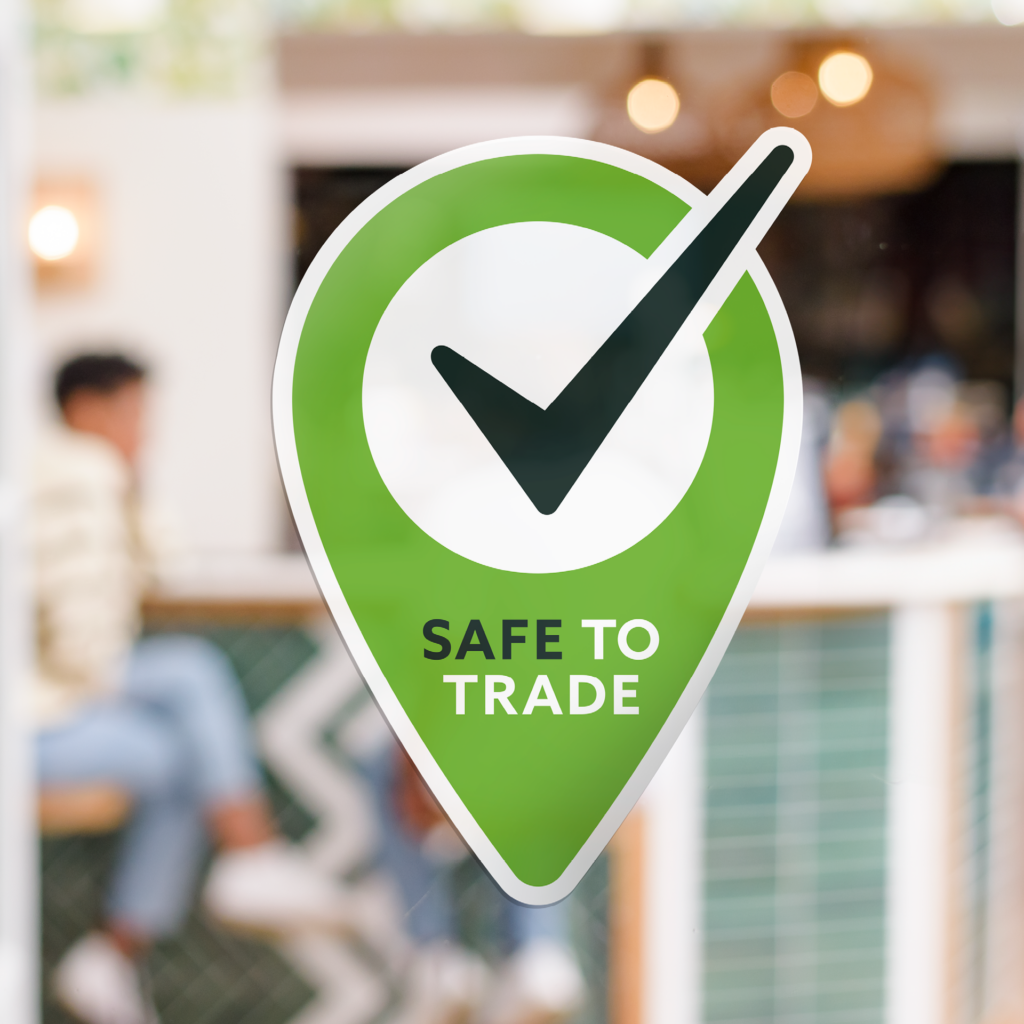1 in 12 guests has a food allergy or intolerance — are you prepared?
Food allergies and intolerances are more common than many realise. According to the Patterns and Prevalence of Adult Food Allergy (PAFA) study, commissioned by the Food Standards Agency, around 7% of UK adults live with a food allergy or intolerance—that’s nearly 1 in every 12 guests. These reactions can range from mild symptoms to life-threatening emergencies, and yet, they’re often misunderstood or mismanaged.
To understand where things are going wrong in real-world settings, in 2022, Shield Safety conducted one of the largest anonymised reviews of allergen incidents over a three-year period, led by Vicki Wood, Principal Safety Consultant at Shield Safety. The findings revealed consistent hotspots where preventable errors are still happening.
Allergen Incident Hotspot: Incorrect Allergen Matrices
Over 21% of allergen-related incidents were linked to incorrect or incomplete allergen matrices—either outdated, inconsistent, or not followed.
Key actions:
- Maintain one source of the truth
Avoid multiple versions of allergen matrices in circulation—use a single, up-to-date source shared across the business.
- Remove multiple data entry
Reduce the risk of error by integrating digital systems to manage allergen data centrally and automatically push updates to all teams.
- Manage substitutions and petty cash spending
Create protocols to review ingredients sourced last-minute or off-system (e.g. from local shops) and update the allergen matrix immediately.
- Independent matrix review
Build allergen checks into your audit cycle. A second set of eyes—whether internal or external—can catch gaps or inconsistencies.
Allergen Incident Hotspot: Cross-contamination in Prep & Service
12% of recorded allergen incidents were caused by cross-contamination during food storage, preparation or service—often due to shared utensils, fryers, or unlabelled ingredients.
Key actions:
- Embed allergen risk into your FSMS
Allergen handling should be clearly addressed in your Food Safety Management System, including cleaning, storage and cooking protocols.
- Eliminate hazards early
Use menu planning to limit high-risk ingredients or design dishes that avoid allergens altogether where possible.
- Label and segregate properly
Store allergen-free ingredients separately, use clear labels, and dedicate tools and containers to allergen-safe prep.
- Regular auditing
Schedule kitchen spot checks and allergen audits to monitor whether cross-contact controls are working in practice—not just on paper.
Clear Guest Journey: Creating Safety Through Communication
The guest journey is just as critical as the food itself. Even with safe preparation, miscommunication is still a leading cause of allergen incidents.
Allergen Incident Hotspot: Guest Order & Communication Gaps
30% of allergen-related incidents occurred because allergen information wasn’t clearly communicated between the guest, front-of-house and kitchen teams.
Key actions:
- Consistent communication across channels
Ensure allergen information is identical whether it’s on printed menus, digital screens, apps, or booking platforms.
- Avoid assumptions about dietary labels
Guests often assume “vegan” means allergen-free—but vegan food can still contain milk. Spell it out clearly.
- Engage the team in allergen awareness
Use real-life scenarios and roleplay exercises to build confidence in handling allergen enquiries and orders.
- Ensure clarity on menus and signposting
Keep it visual, accessible, and easy to interpret quickly.
Allergen Incident Hotspot: Delivery to Guest – Wrong Food Delivered
22% of incidents happened at the point of service, where the wrong food or drink was delivered to the guest—even though the correct allergen-safe item had been prepared.
Key actions:
- Use EPOS systems to track and flag allergen dishes
Orders with allergen requirements should be flagged at the point of sale and tracked all the way to the kitchen and back out to service.
- Segregate allergen free meals on the pass
Develop processes to ensure team know which is the allergen free food, for example
- Create a dedicated area on the pass just for allergen meals
- Use colour-coded plates, stickers or tags
- Clearly mark dockets with the allergy
- Train staff to recognise and prioritise allergen orders
- State the allergen-safe order at the table
On delivery, staff should confirm the allergy-specific dish verbally with the guest (e.g. “This is your gluten-free pizza, prepared separately.”)
Allergen Incident Hotspot: Client Informed and Accepted
In 4% of incidents, guests were made aware of a potential allergen risk and accepted it, but still experienced a reaction.
Key actions:
- Document informed decisions
In high-risk situations, log that a guest accepted potential allergen exposure—especially if they’ve been advised about cross-contact.
- Train for business-specific realities
Tailor allergen training to your exact menu and kitchen layout so staff can relate theory to day-to-day practice.
- Audit guest journey touchpoints
Map out when and where guests interact with your team about allergens—and test if information is consistent and clearly conveyed.
Final Thoughts: It’s Time to Level Up Allergy Safety
Allergies are evolving, and so must our approach to safety. At Shield Safety, we believe that smart systems and empowered teams are key. Here’s how to strengthen your allergen management:
- Robust Allergen Tracking
- Proactive, Ongoing Staff Training
- Clear, Consistent Communication at Every Step
- Audit-Ready Records and Labelling
- A Guest Journey That Builds Trust
At Shield Safety, we’re proud to be a trusted Certification Body for Safe to Trade— the industry wide food safety and hygiene standard that ensures consumers stay safe and businesses thrive. Safe to Trade pays particular attention to food allergen safety.
Want to strengthen your allergen management strategy? Let’s talk about how Shield Safety can help you take the next step. Feel free to call us on 020 3740 3744 or email customerservices@shieldsafety.co.uk and we’ll be happy to help.



